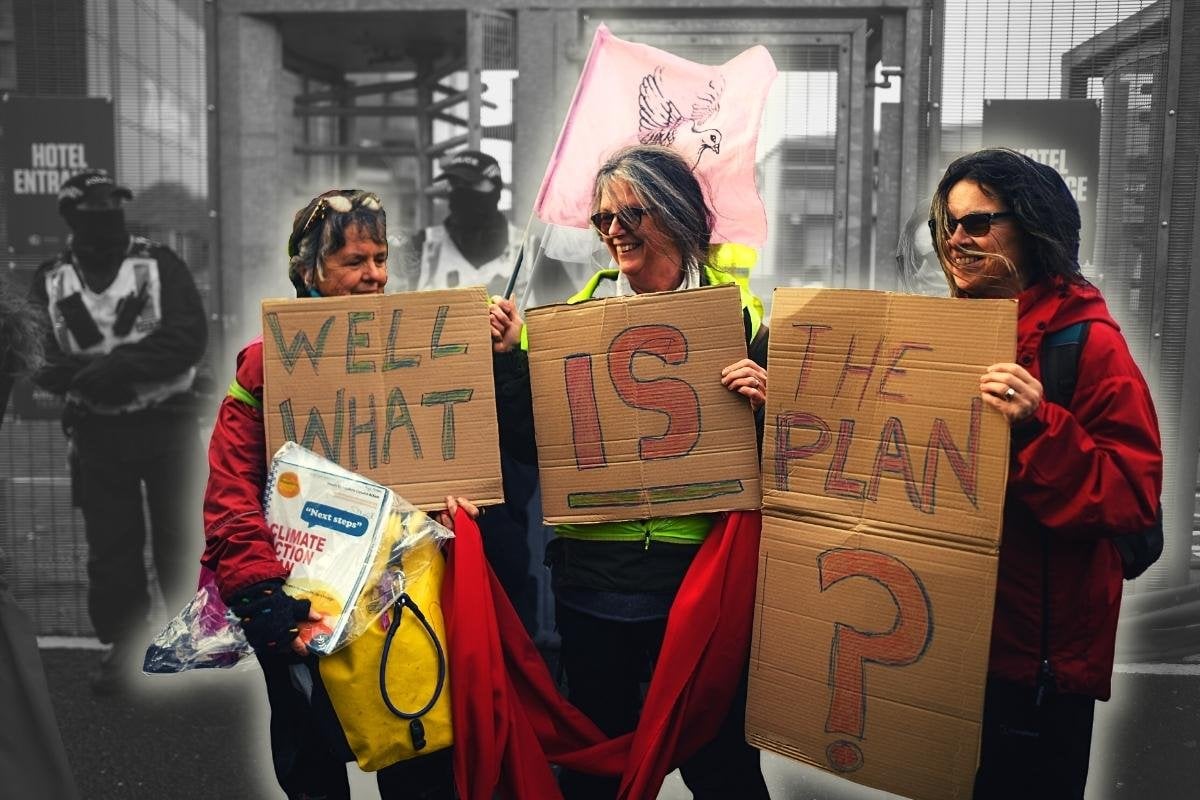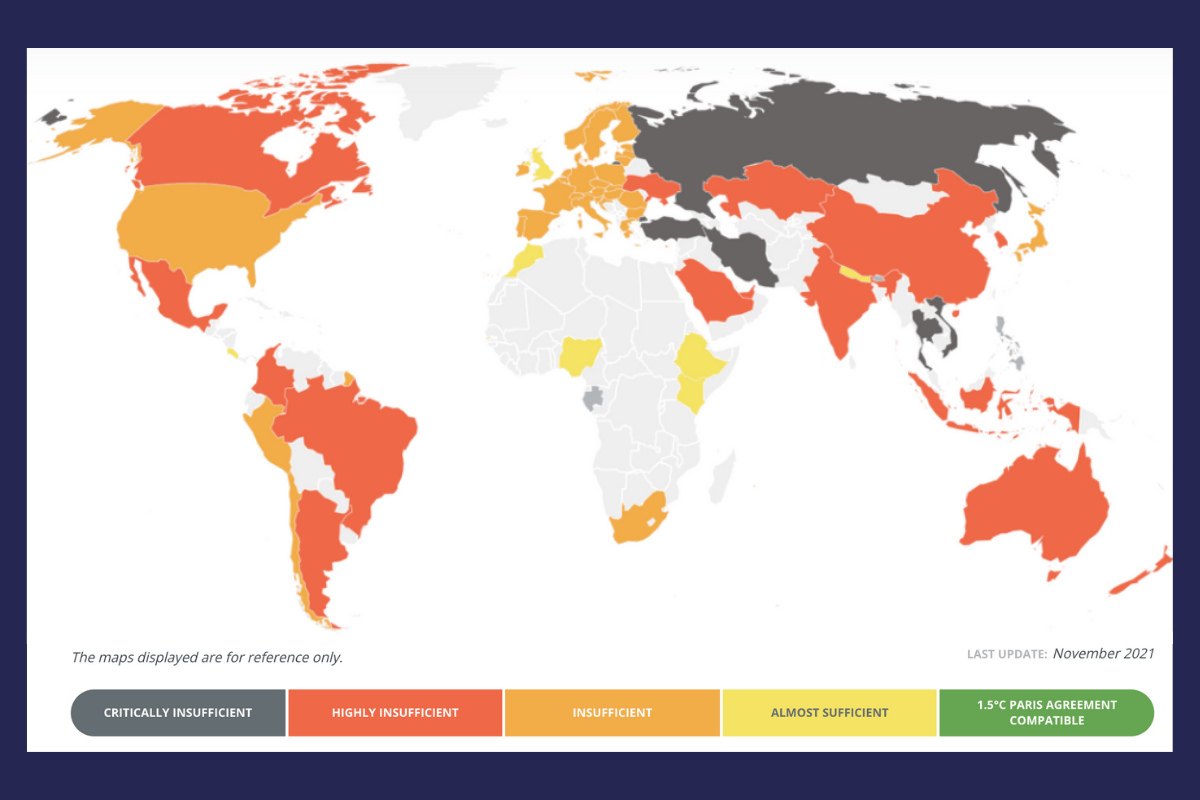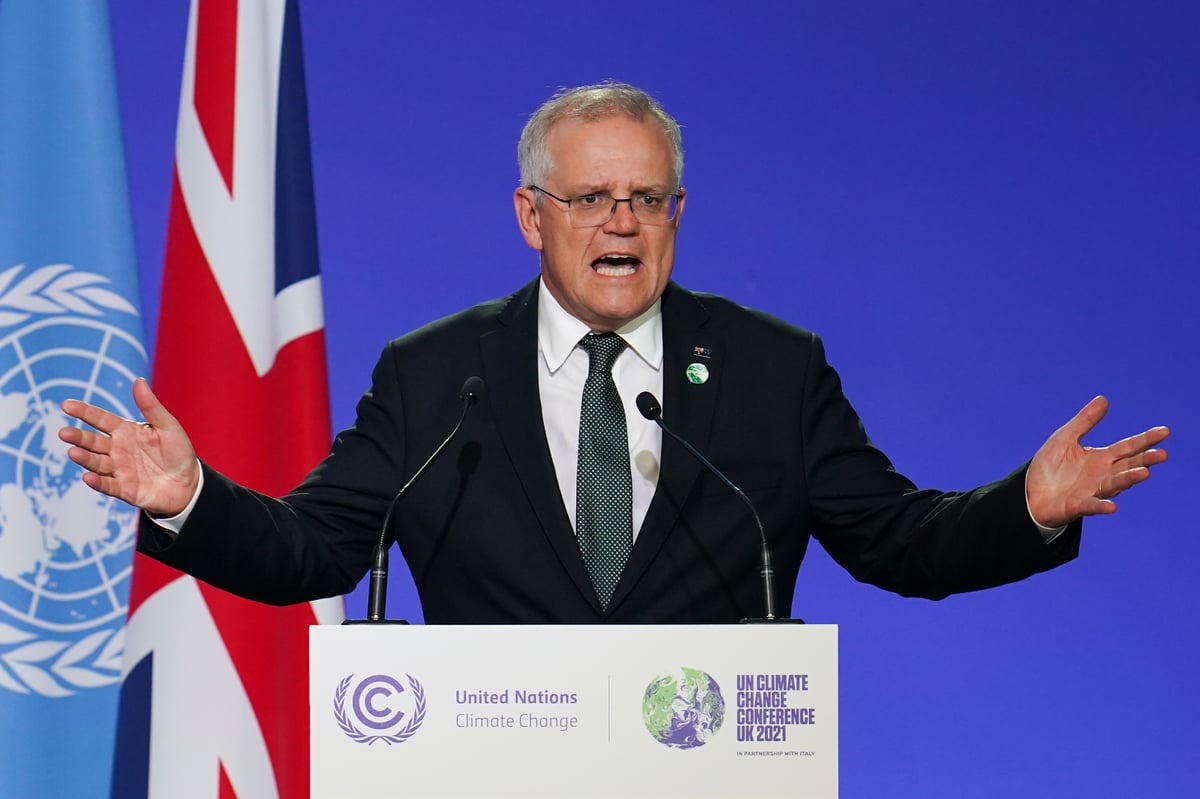
For the past few weeks, world leaders have been in serious talks over how to tackle the issue of climate change, with discussions taking place at the COP26 climate summit in Glasgow.
As of today, an agreement has been reached, culminating in the new deal: the 'Glasgow Climate Pact'.
The deal calls on countries across the globe to strengthen their climate targets and assist in reducing global warming to no more than 1.5 degrees Celsius.
But according to COP26 spokespeople, the 1.5 degrees Celsius target will only survive "if promises are kept and commitments translate into rapid action".
So what exactly does this agreement entail, and where to from here?
Watch: the impact of climate change. Post continues below.
What is the Glasgow Climate Pact?
Government negotiators from nearly 200 countries were present in Glasgow, with 140 countries having strong intentions and commitments on climate change - Australia not being one of them.
The two-week conference was extended into an extra day of negotiations. Fortunately, the COP26 climate summit ended with a global agreement.
Four of the main findings include:


